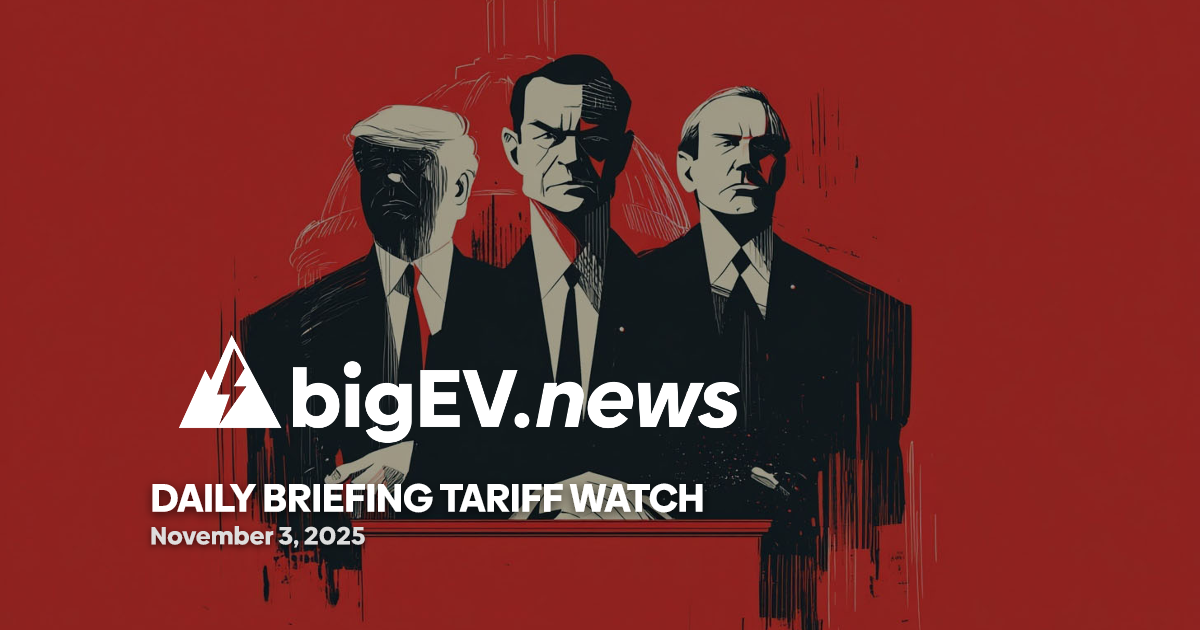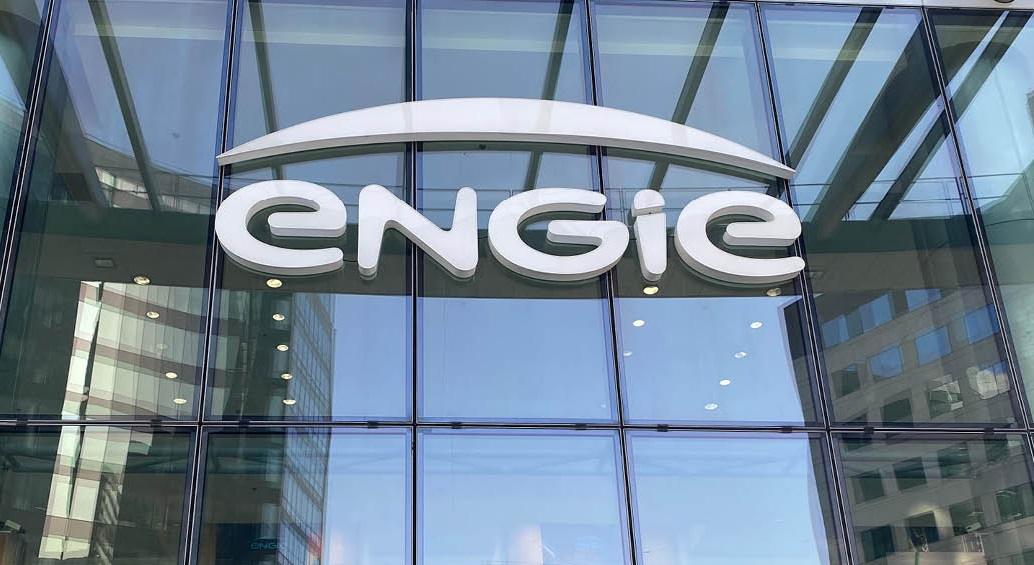At a glance – The past 24 hours have seen a dramatic escalation in U.S. tariff policy, with the White House enacting a series of executive orders that sharply increase duties on imports from key trading partners, suspend the longstanding de minimis exemption for low-value shipments, and introduce sector-specific tariffs targeting copper products. These moves, part of a broader reciprocal tariff strategy, are already reverberating through global supply chains, with immediate implications for U.S. manufacturers, logistics providers, and consumers. The new measures are designed to pressure foreign governments into trade negotiations, but industry groups warn of rising costs and operational disruptions as companies scramble to adapt to the evolving regulatory landscape.
Technology advance – In a significant development for electronics and electrical component manufacturers, the U.S. has imposed a 50% tariff on all imports of semi-finished copper products and copper-intensive derivatives, effective August 1, 2025. This includes copper pipes, wires, rods, sheets, tubes, pipe fittings, cables, connectors, and electrical components, but excludes copper ores, concentrates, cathodes, and scrap. The new tariff is expected to impact major U.S. technology and clean energy projects reliant on imported copper components, with companies such as Tesla and General Electric already signaling potential delays in product rollouts and increased costs for renewable energy infrastructure. The tariff applies only to the copper content of the products, preventing stacking of duties, but industry analysts anticipate a ripple effect across the electronics, automotive, and construction sectors as supply contracts are renegotiated and sourcing strategies are revised.
Partnerships – U.S.-India trade relations have entered a tense phase following the announcement of a 25% reciprocal tariff on Indian goods, effective August 1, 2025, with an additional 25% penalty imposed as of August 6 in response to India’s continued purchases of Russian oil. The combined 50% tariff, set to take effect in 21 days, targets a wide range of Indian exports, from pharmaceuticals to textiles and automotive parts. While India has indicated a willingness to negotiate rather than retaliate, the escalation threatens joint ventures and supply agreements between U.S. and Indian firms, including major pharmaceutical collaborations and IT services contracts. U.S. Treasury officials have stated that India remains a priority for a new trade agreement, but the lack of progress has left multinational companies in limbo, with many reassessing their cross-border investment and procurement strategies.
Acquisitions/expansions – The U.S. has raised tariffs on Canadian goods from 25% to 35% as of August 1, 2025, with a further 40% penalty for goods deemed to be transshipped to evade tariffs. This move, justified by the White House as a response to illicit drug flows across the northern border, has immediate consequences for U.S. manufacturers sourcing raw materials and finished products from Canada. Notably, CUSMA-compliant products remain exempt, but the increased tariffs are prompting companies such as Ford and Magna International to reconsider expansion plans and cross-border supply chain investments. The automotive, aerospace, and machinery sectors are expected to bear the brunt of the new duties, with several firms already announcing delays in planned facility expansions and joint manufacturing ventures in the Great Lakes region.
Regulatory/policy – In a sweeping regulatory shift, the U.S. has suspended the de minimis exemption for low-value imports, effective August 29, 2025. Previously, shipments valued at $800 or less could enter the U.S. duty-free, a policy that fueled the growth of e-commerce platforms such as Amazon, Shein, and Temu. The suspension now applies globally, accelerating a change that was not scheduled until July 2027. For the first six months, importers can choose between an ad valorem duty based on the International Emergency Economic Powers Act (IEEPA) rate or a specific duty ranging from $80 to $200 per item, depending on the origin country. After this period, only the ad valorem structure will remain. Exemptions for returning travelers and gifts under $100 persist, but the move is expected to significantly increase costs for small businesses and online retailers reliant on cross-border shipments, while also straining international postal and logistics networks.
Finance/business – The cumulative effect of these tariff actions is already being felt in financial markets and corporate boardrooms. From January to April 2025, the average applied U.S. tariff rate surged from 2.5% to an estimated 27%, the highest level in over a century. Major U.S. manufacturers, including Caterpillar and Whirlpool, have issued profit warnings, citing increased input costs and supply chain disruptions. Logistics providers such as FedEx and UPS are revising their pricing models to account for the loss of de minimis treatment and higher customs processing costs. Meanwhile, consumer goods companies are warning of imminent price hikes on a wide range of products, from electronics to apparel, as the new tariffs work their way through the supply chain. Industry groups are urging the administration to expedite trade negotiations and provide clearer guidance on compliance to mitigate further economic fallout.
Sources: The Vision Council, Blakes, Wikipedia, Congress.gov, White House, U.S. Customs and Border Protection









